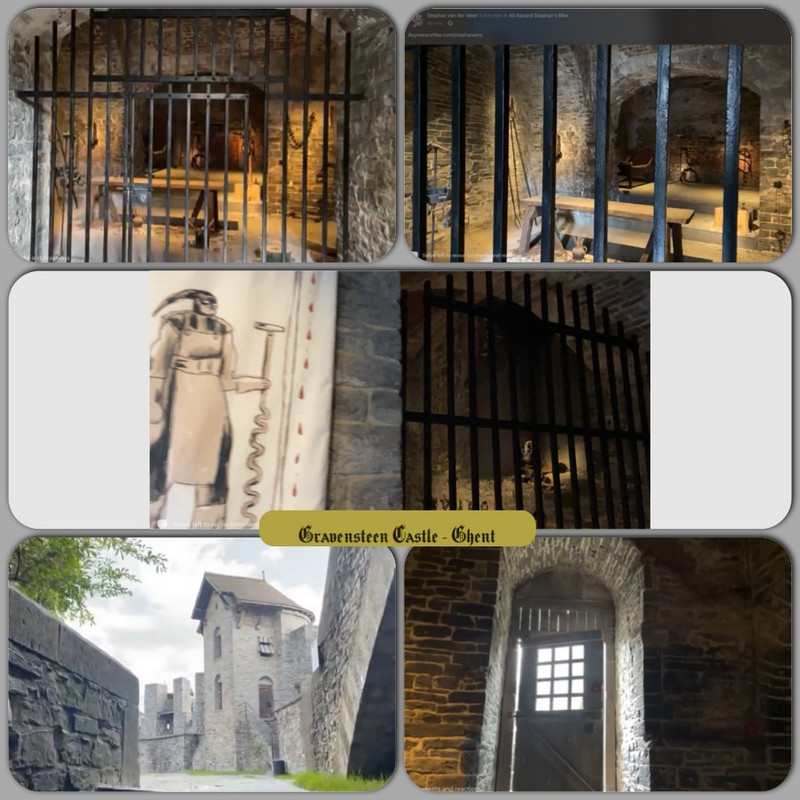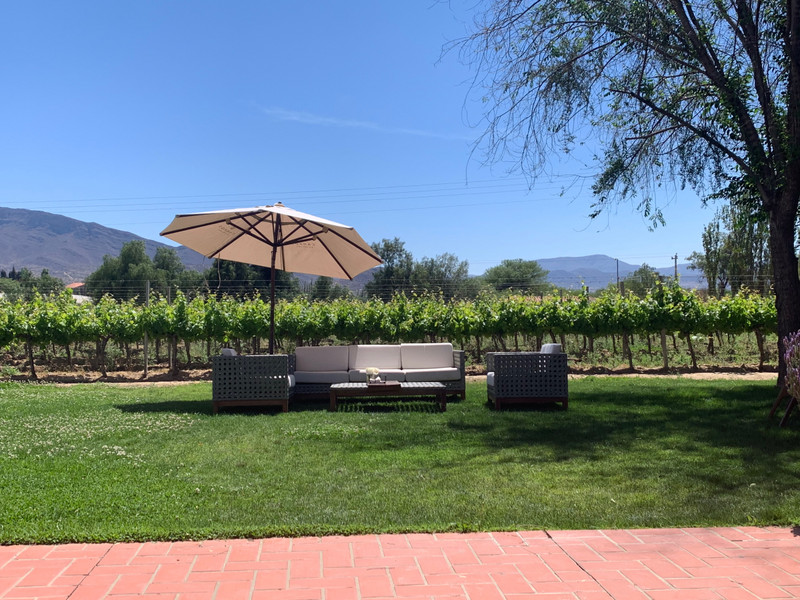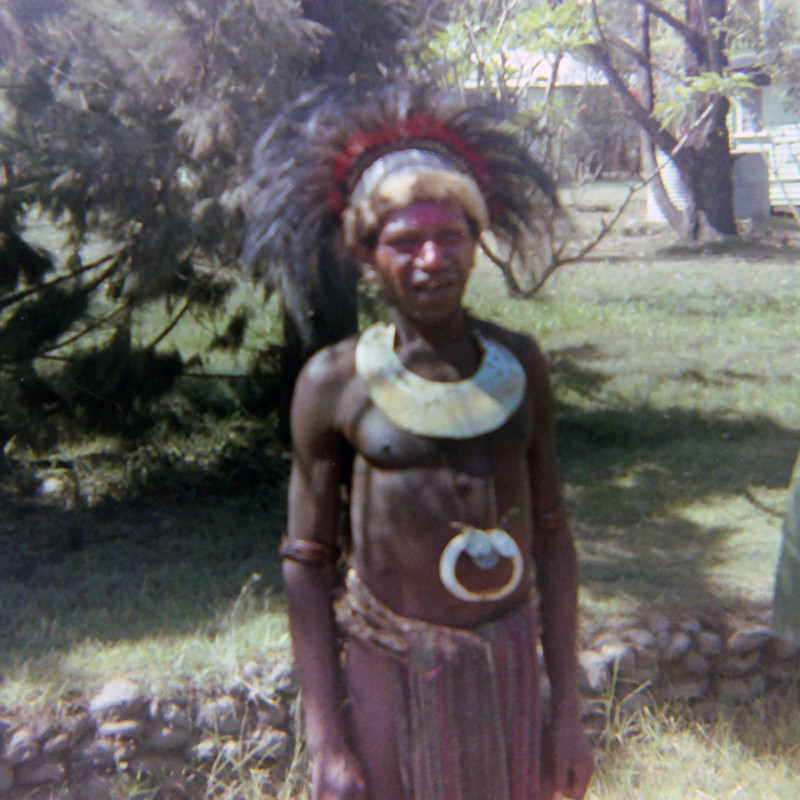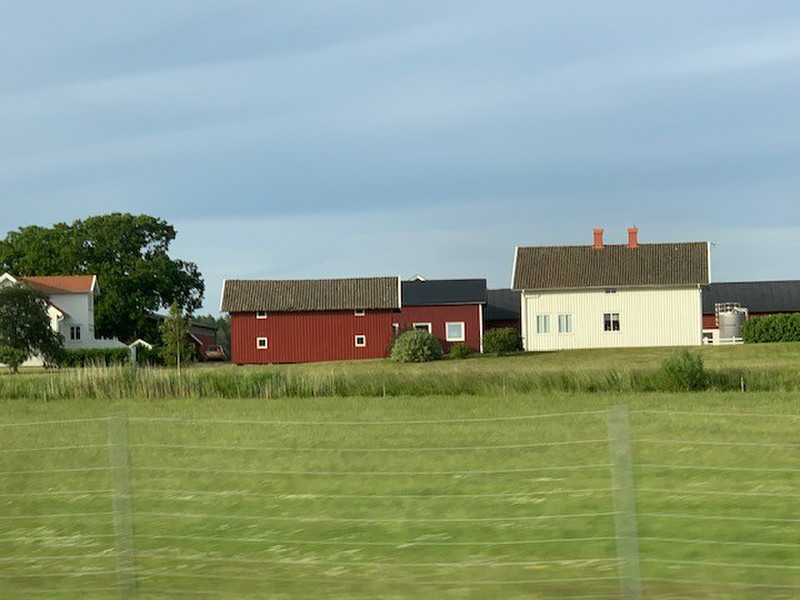The Castle of the Counts owes its existence to the Counts of Flanders. In the ninth century, Count Baldwin II built fortifications at all strategic places in his realm to protect himself from attacks from outside. His son, Arnulf I, continued with this work and built a fortress in Ghent at the confluence of the Rivers Leie and Scheldt on the site of the present Castle of the Counts.
As well as being a law court, the Castle of the Counts was also a prison. The cells which it housed were damp and draughty and very cold, particularly in winter. The underground dungeons were the most feared, as, of course, was the torture. Although the legal procedure for torture in the early Middle Ages died a quiet death, it was reintroduced at the time of the Council of Flanders. From the fifteenth century onwards, torture and ‘harsh interrogation such as flogging and removal of limbs were once again far from unusual.
From 1907, the Castle was open to the public. The World Exhibition in 1913 launched the buildings reputation as Ghents biggest tourist attraction.
in 1998. The idea was to provide sustainable lighting for the city without wasting energy. The architecture, monuments and squares looked so magical as Stephan started his tour outside the magnificent medieval castle, we walked along the waterfront, over the bridge and into the main square, at every turn bringing more magic & wonderful reflections.
In case youre wondering about the giant toilet roll, For over ten years, the bathroom of Ghents Design Museum Ghents was the most original around town. The polyester giant toilet paper roll was put in place right after the museums request for a expansion was denied by the city government.









